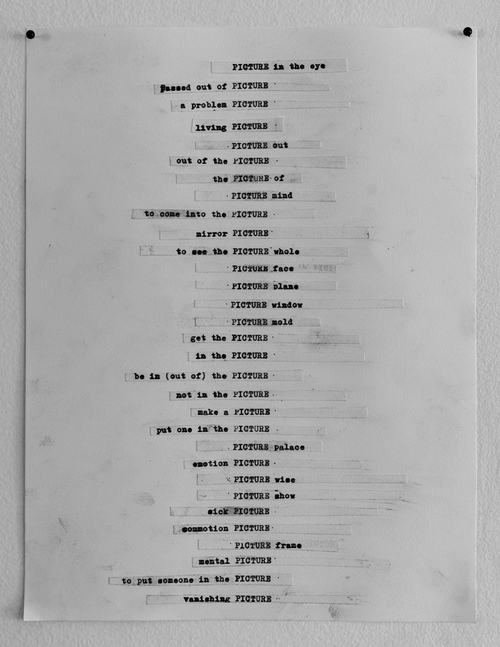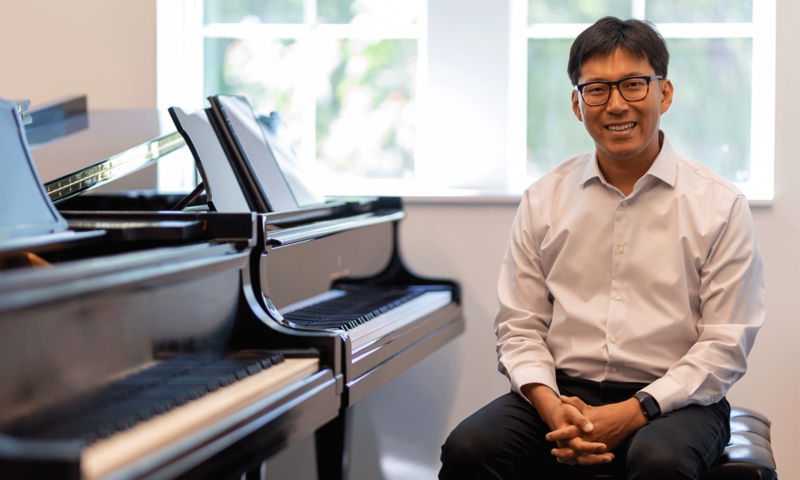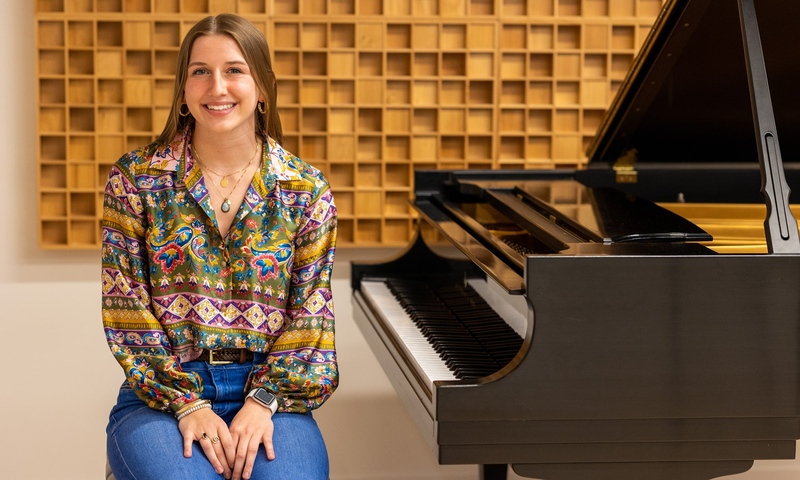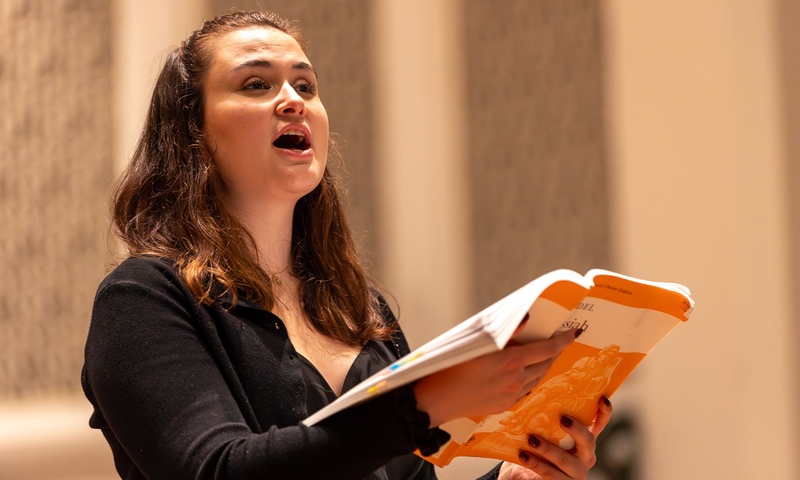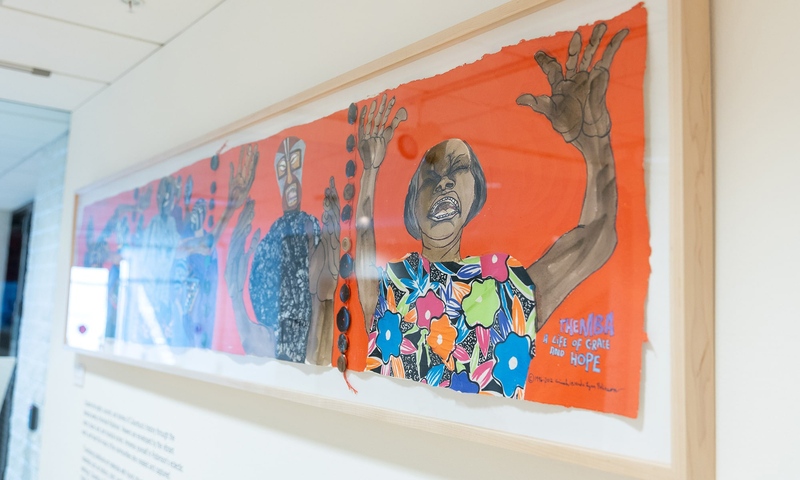Teaching photography is so much more than technique. “I want students to be aware of the potential power and responsibility of the viewer to re-activate the photograph, to make it a question, a wound, a gift,” says Associate Professor Sheilah ReStack.
“What we are taught to learn, to love, to desire, to condemn, is captured and passed through the machine of the camera eye,” she adds. ReStack is a noted artist who has launched many exhibitions and has an upcoming solo show at Interface Gallery in Oakland, CA.
ReStack has written about teaching photography in Blackflash Magazine (37.1). In “Partial Accounting of Photography,” she reflects on what it means to teach photography and its history to students, and what the responsibility of the educator can, or should, be.
In the article, she asks, “What does a photographic history consist of? How do we trace historical lineage through photography? Recently, there is a more urgent conversation around the canon, about how it should be more reflective of the voices of many, less a “body of rules, principles, or standards accepted as axiomatic and universally binding.”
“The question that arises, for me as an educator, is how to do this teaching. How to better reflect the medium, history and context of photography more accurately, as violence, exploitation, homage, document, struggle —its power to represent, to hold. I think back to my own photographic training. I remember the default: to show work from the codified (largely white male) art world.
“I ask myself, does repairing the unequal representation I received resolve itself with showing a greater diversity of artists to my students? Would that repair adequately elucidate photography as part of the bloodstream of our judicial, penal, advertising, educational, and familial histories? This question, how to teach photography in a way that can make the static image vibrate with its multiple possibilities, was the impetus for this project.”
“The goal is to make photography a living thing that can be wrestled with,’ says ReStack, who asked several other professors to contribute to the article. Artists and professors Jared Thorne, Em Rooney, Luke Stettner, Namiko Kunimoto and Maria Hupfield contributed their own ideas in writing, syllabi and artwork on how to teach photography.
She states in the article, “The control we try to wield by photographing can be terrifying, can be liberating. It will be neither if we do not provide ourselves and our students with the language to question and pull image and order apart, to have the courage to feel in relation to history.”

